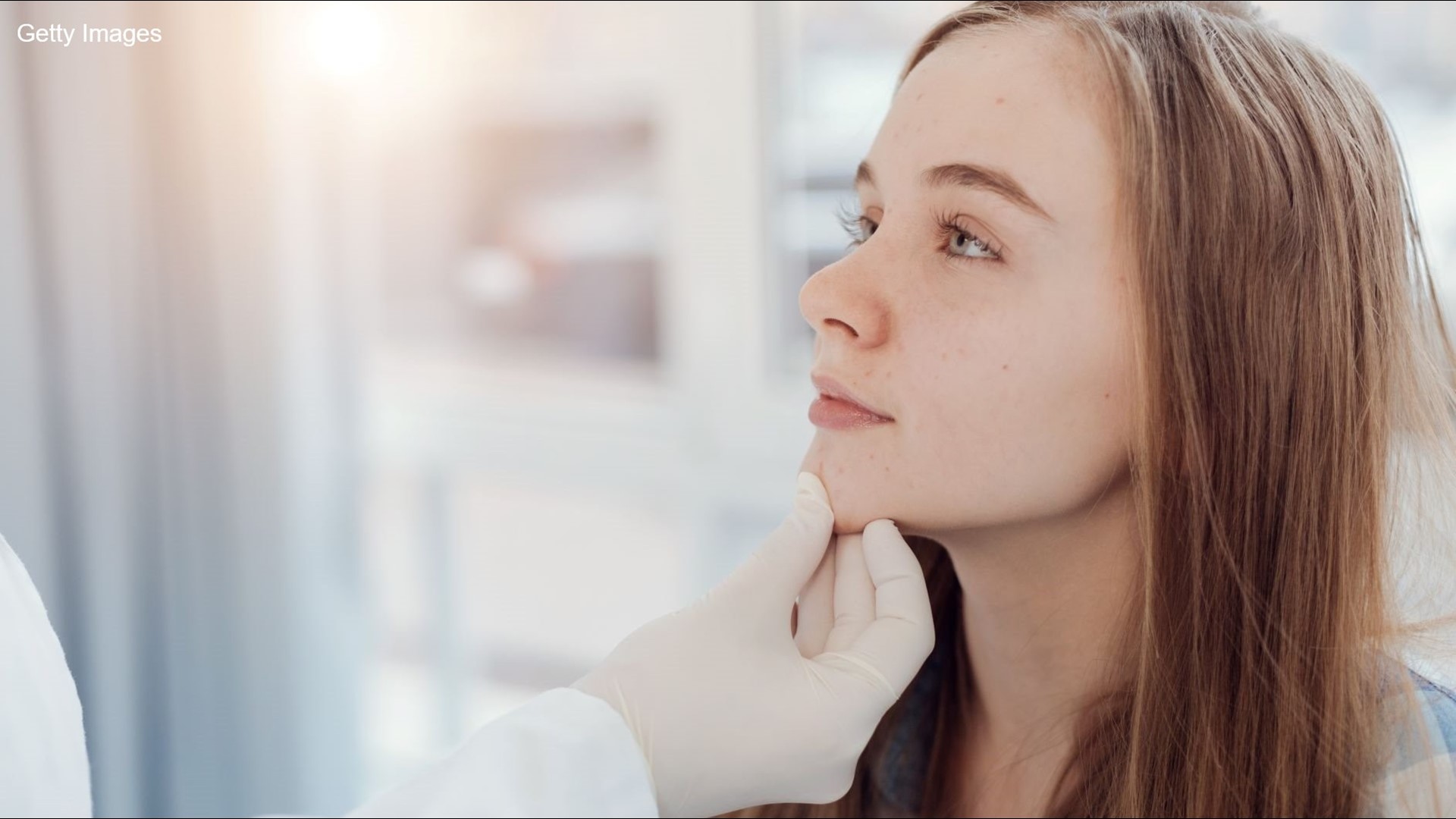SEATTLE — Mohs surgery, also known as micrographic surgery, is a specialized, precise surgical technique used to treat different types of skin cancer. Developed by a man named Frederick Mohs in 1938, the procedure aims to prevent scarring. "It is a skin-sparing surgical technique that we use for skin cancers that are, I like to say, just in 'high-end real estate' areas from collar bones up, hands, feet, genitals," said Dr. Kelly Griffith-Bauer, a Surgical Dermatologist and Mohs Surgeon at The Polyclinic.
It's most commonly used to treat basal cell carcinoma and squamous cell carcinoma and can be effective for skin cancers that have come back after previous treatment, or has edges or borders that are hard to define.
"Having skin cancer removed from our face and neck area can be a scary thing," said Dr. Griffith-Bauer, "So it's important to have a doctor you trust and who understands how to minimize scarring."
The Polyclinic says that in many cases, Mohs surgery may offer the lowest recurrence rate of any skin cancer treatment method and the highest chance of a complete cure - up to 98-99 percent - for many skin cancers.
This is why Griffith-Bauer recommends the surgery, "Mohs surgery isn't the only way to take something off. We can use topical chemotherapy medicine, and we can freeze, but you don't get that guarantee that the skin cancer is gone."
In addition to only taking out skin that is needed, Griffith-Bauer said that the location of the surgery, skin quality of the patient and post-operation care all contribute to how the skin will heal.
After surgery, she recommends patients take it easy and not exercise for a week. When skin cancer is removed, blood vessels are cut. Increasing your heart rate and blood pressure increases the risk of bleeding into the surgical wound. This increases the risk of swelling and breaking open surgical sutures.
To help lower the risk of skin cancer, "It's important to wear at least an SPF 30 on all days," said Griffith-Bauer, "It's also important to find something that you like the texture of, or you like the smell of and you'll actually layer." What is her recommendation on what sunscreen to get? "Whatever it is that you'll wear that's broad spectrum."
To learn more about Mohs surgery or to make an appointment to have your skin checked, visit polyclinic.com.
Sponsored by The Polyclinic. Segment Producer: Suzie Wiley. Watch New Day Northwest 11 AM weekdays on KING 5 and streaming live on KING5.com. Segment Ideas? Feedback? Contact Us.

